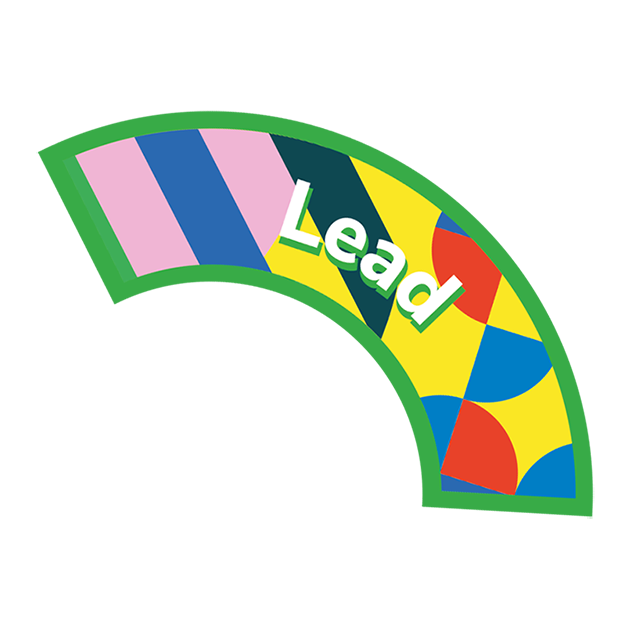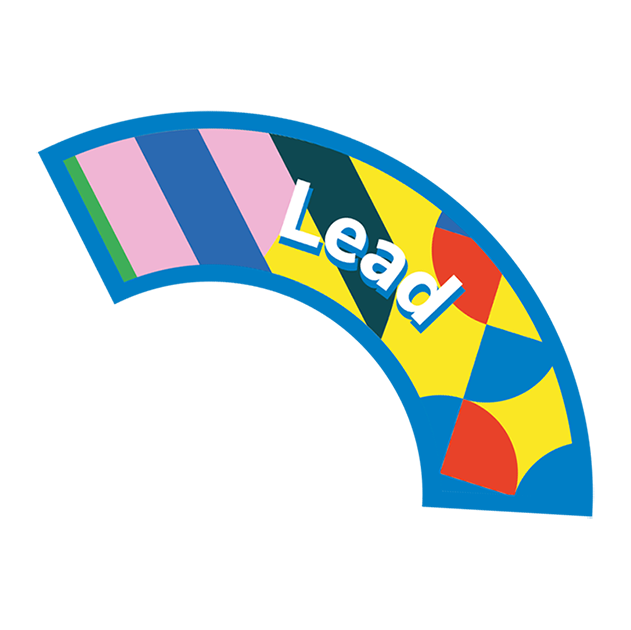Cool wall
You’ll need
- A4 paper
- Sticky tack
- Sticky notes
Before you begin
- Take four pieces of paper, and put a heading on each one – seriously cool, cool, uncool, and seriously uncool. Use the templates provided, or create your own using your own images.
- Take the sticky notes or paper, and write some suggested badge or activity ideas, so everyone has some ideas to start them off. You may want to include badges and activities more than once, so more than one group can vote on each idea. You may also want to include images of badges and activities alongside the words.
Create your cool wall
- The person leading the game should stick the headings across a wall to create a cool wall which ranges from seriously uncool to seriously cool.
- Players should split into groups of about five people.
- The person leading the game should give each group a selection of the sticky notes (or paper) with ideas written on.
- Each group should discuss the ideas they’ve been given, one by one. Where do they belong on the cool wall?
- Once everyone in each group has had their say, the group should agree on a decision and someone should stick the idea in the right place on the wall.
- Once a group has finished placing all of the ideas on the wall, they should get some blank paper or sticky notes, and add their own ideas. They can add seriously uncool ideas, as well as cool ideas.
- At the end, everyone should gather back together and look at the cool wall. Are there any trends? Are there any activities in more than one section?
- The person leading the game should take picture of the cool wall, or copy the ideas down, so that whoever plans the programme can listen to everyone’s opinions and ideas.
Reflection
This activity helped you think about trying new things. Which of the ideas have you tried before? Which of the ideas are new to you? What makes it easier to try new things – how about being with friends, or adults you know? Is this a good place to try new things? Why might it be good to give new things a go? How does trying something new feel?
This activity also helped you to be confident and understand your strength. Did you have to be confident to make a decision, or to stand up and put an idea on the wall? Were you confident in your own views, even if other groups had put ideas on a different place on the wall? Which activities match your strengths? Is it easier to be confident trying activities if you’ve done them before? Is it easier to feel positively about yourself when you do activities that fit your natural strengths? How could you help each other keep a positive attitude towards yourselves, even when trying challenging activities?
Safety
All activities must be safely managed. You must complete a thorough risk assessment and take appropriate steps to reduce risk. Use the safety checklist to help you plan and risk assess your activity. Always get approval for the activity, and have suitable supervision and an InTouch process.
Give each group a badge book, so they can look at the requirements for the badges they’ve been given. Groups could use their blank paper (or sticky notes) to suggest ideas for how they could complete each requirement.
Make it accessible
All Scout activities should be inclusive and accessible.
This activity could contribute towards Scouts Scotland’s Youth Approved Award – Scouts in Scotland can find out more here: https://www.scouts.scot/members/youth-involvement/youth-approved-award/.






